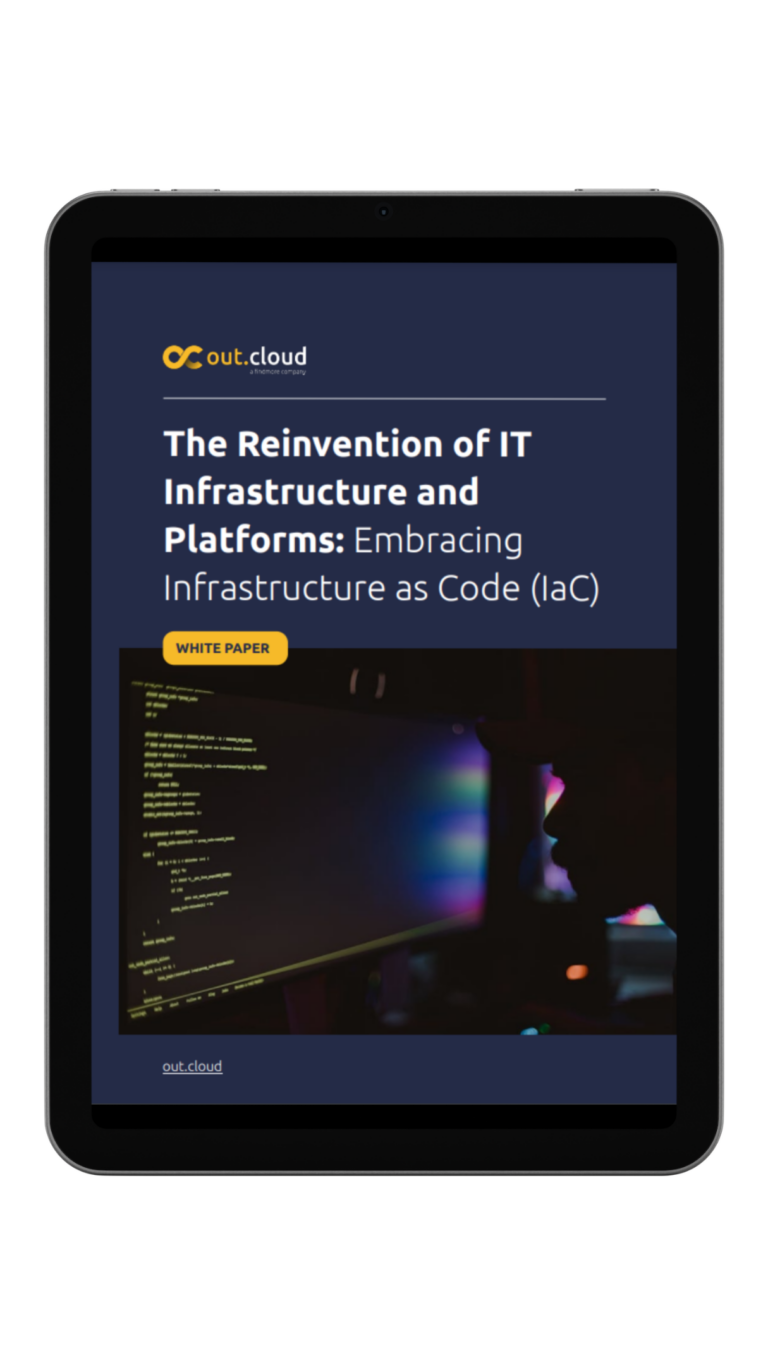Moving your IT operations to the cloud should feel like upgrading to first class: faster, more flexible, and infinitely scalable. Yet too many organizations find themselves stuck in the back of economy—plagued by outages, spiraling costs, and long waits for simple changes. The culprit? Clinging to “old-school” IT practices that simply don’t fit the cloud model.
In this blog post, we’ll dive into why traditional IT operations struggle in a cloud-first world and how adopting DevOps practices can bridge the gap—so you can finally unlock the true power of the cloud.
The Pitfalls of “Old-School” IT
1. Silos and Bottlenecks
In legacy data centers, development and operations teams often work in isolation. Dev writes code, then “throws it over the wall” to ops—waiting days or even weeks for changes to be approved and deployed.
Why it fails in the cloud:
- Speed mismatch: Cloud platforms thrive on rapid provisioning and tear-down of resources. Human-driven ticket queues can’t keep up.
- Lack of shared context: Without joint ownership of outcomes, mistakes slip through and finger-pointing becomes the norm.
2. Manual, Error-Prone Processes
Relying on hand-crafted configurations and one-off scripts might work in small, static environments—but in the cloud, it quickly leads to “configuration drift” and surprise failures.
Why it fails in the cloud:
- Inconsistency: Environments that aren’t defined in code can’t be reproduced reliably.
- Hidden debt: Manual fixes build up “snowflake” servers that no one fully understands.
3. Rigid Infrastructure
Traditional IT often depends on physical servers or fixed-size VMs. Scaling means ordering new hardware, waiting for delivery, racking, and configuring—an ordeal that can take weeks.
Why it fails in the cloud:
- Elasticity gap: Cloud’s promise of auto-scaling is wasted if your processes don’t trigger it.
- Wasted spend: Pre-allocated resources sit idle or get overloaded in unpredictable ways.
4. Slow Feedback Loops
Without automated testing, monitoring, and deployment pipelines, issues only surface when users complain. By then, root-cause analysis and rollback become firefighting exercises.
Why it fails in the cloud:
- Missed signals: Manual checks can’t catch transient spikes, memory leaks, or security drift in real time.
- Risky rollouts: Big-bang releases carry high stakes—one mistake can bring down production.
How DevOps Fixes the Gap
The cloud demands a new playbook. DevOps isn’t just a trendy buzzword; it’s a set of practices purpose-built for cloud environments:
Culture of Collaboration
Developers and operations share goals, tools, and metrics. The “us vs. them” mentality disappears when everyone owns the whole lifecycle—from code commit to customer experience.
Infrastructure as Code (IaC)
Tools like Terraform, CloudFormation, or ARM let you define your entire infrastructure in version-controlled code. Spin up identical dev, test, staging, and production environments in minutes—and tear them down just as easily.
Continuous Integration & Delivery (CI/CD)
Automated pipelines build, test, and deploy your code with every commit. New features, bug fixes, and security patches reach users faster and more reliably.
Observability & Site Reliability Engineering (SRE)
Real-time logging, metrics, and alerting catch problems before they become outages. Error budgets and service-level objectives (SLOs) guide release velocity, balancing innovation with stability.
What Good Looks Like
Imagine a world where:
- Every feature branch spins up its own test environment, runs full suite validation, and then dissolves without a trace.
- Traffic spikes trigger automatic scaling rules that add capacity in seconds—no human intervention needed.
- Anomalies light up in your dashboards, alerting the team before customers even notice.
- Every change is tracked in Git, so you can roll back to a known-good state with one command.
This isn’t fantasy—it’s what mature DevOps teams achieve every day in the cloud.
Conclusion & Next Steps
If your team is still wrestling with manual processes, silos, and rigid infrastructure, it’s time to embrace DevOps. By aligning culture, tooling, and practices with cloud principles, you’ll not only avoid costly failures but also accelerate innovation.
Ready to make the shift?
Let’s talk about how Out.Cloud can help you!





